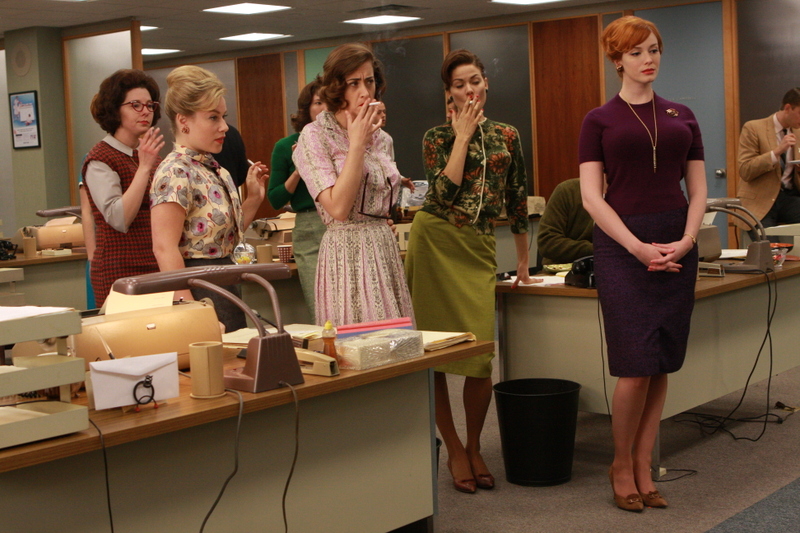Managers Who Undermine the Meaningfulness of Work
This is one of our free-to-access content pieces. To gain access to all Ideas for Leaders content please Log In Here or if you are not already a Subscriber then Subscribe Here.

A sense of working toward something meaningful is absolutely central to our happiness and well-being. Sadly, many senior executives undermine their employees’ creativity and productivity by inadvertently denying them this meaning. There exist common traps which even the best-intentioned managers will fall foul of in this regard. A loss of meaningfulness in the work lives of employees has obvious long-term implications for the overall health of an organization. This Idea identifies those traps and shows how we can avoid them.
Do managers at all levels routinely – and unwittingly – undermine the meaningfulness of work for their direct subordinates through everyday words and actions? Of all the events that can deeply engage people in their jobs, the single most important is making progress in meaningful work. Yet actions such as dismissing the importance of subordinates’ work or ideas, or shifting goals so frequently that people despair that their work will ever see the light of day are all too common in organizations.
The smallest actions on the part of senior leaders matter greatly in creating meaningful work, as what they say and do is intensely observed by people down the line. A sense of purpose in the work, and consistent action to reinforce it, has to come from the top.
Through analysis of nearly 12,000 electronic diary entries from professionals at seven North American companies, this research highlights four traps that ‘lie in wait’ for senior executives:
Most executives do not understand the power of progress in meaningful work. The traps revealed by the diaries suggest that most executives don’t act as though progress matters. We can do better. Spotting and sidestepping these traps is not easy. Nevertheless, the following ideas may hopefully spark discussion within C-suites on avoiding them:
Finally, it’s vital for us to remember that executives are in a better position than anyone to identify and articulate the higher purpose of what people do within an organization.
How Leaders Kill Meaning at Work. Teresa Amabile & Steven Kramer. McKinsey Quarterly (January 2012)

Ideas for Leaders is a free-to-access site. If you enjoy our content and find it valuable, please consider subscribing to our Developing Leaders Quarterly publication, this presents academic, business and consultant perspectives on leadership issues in a beautifully produced, small volume delivered to your desk four times a year.

For the less than the price of a coffee a week you can read over 650 summaries of research that cost universities over $1 billion to produce.
Use our Ideas to:
Speak to us on how else you can leverage this content to benefit your organization. info@ideasforleaders.com